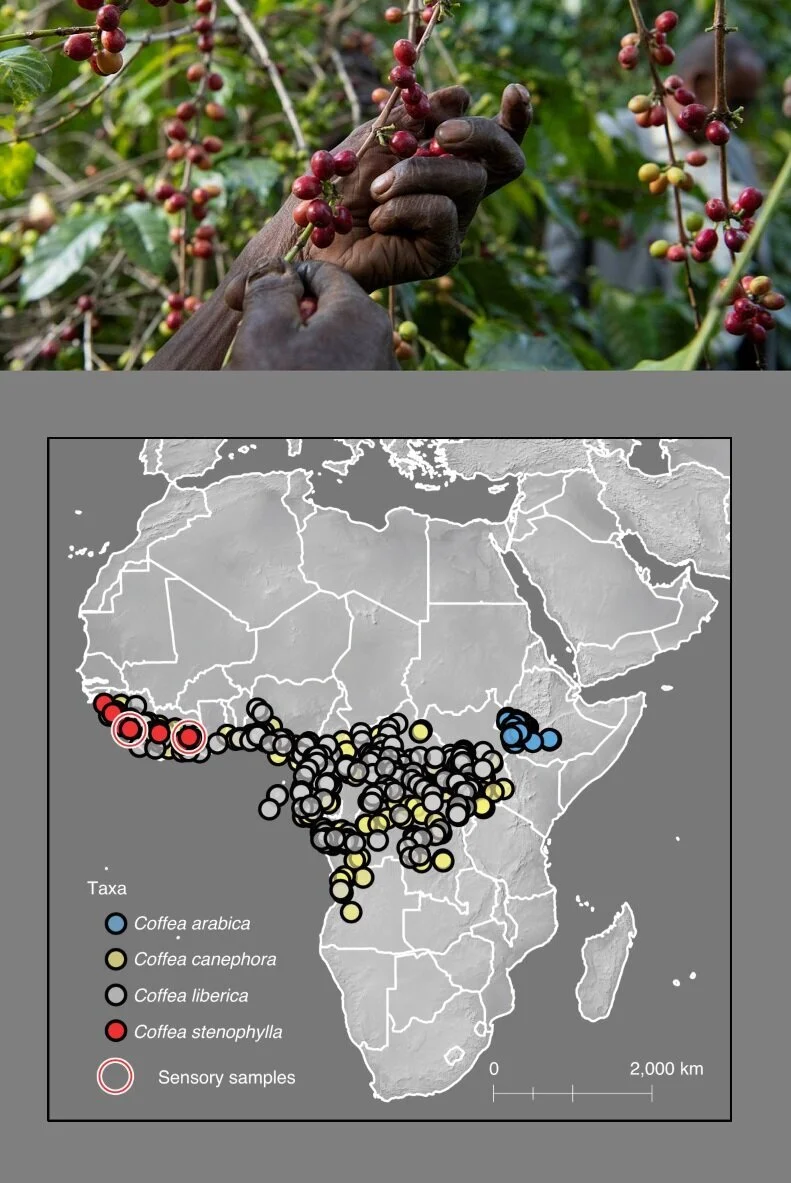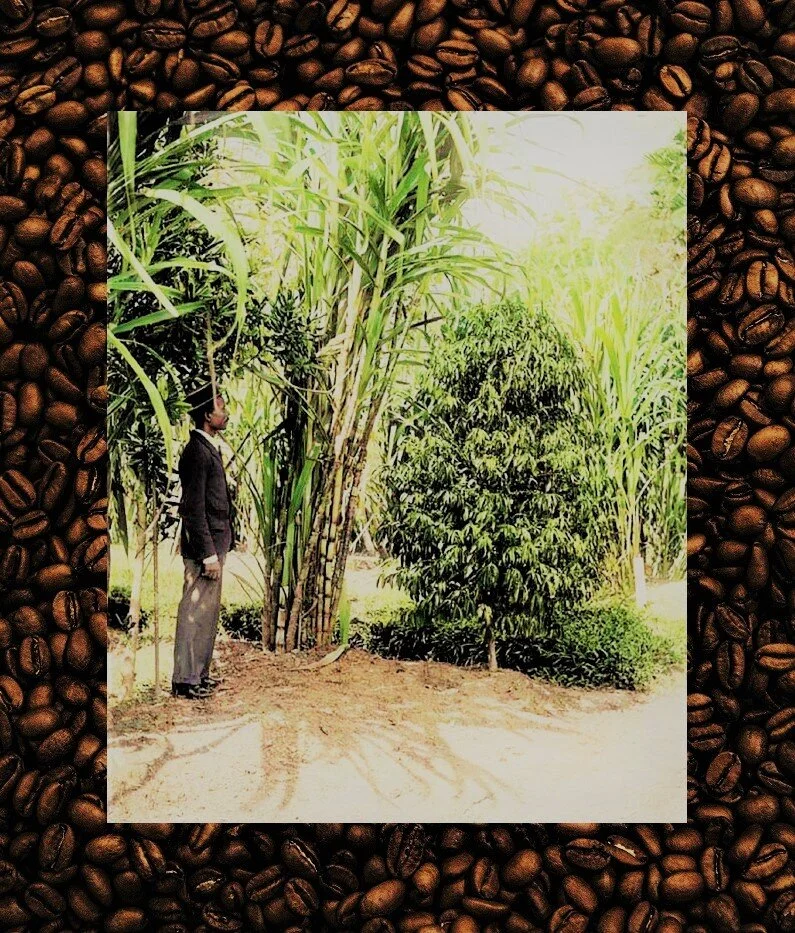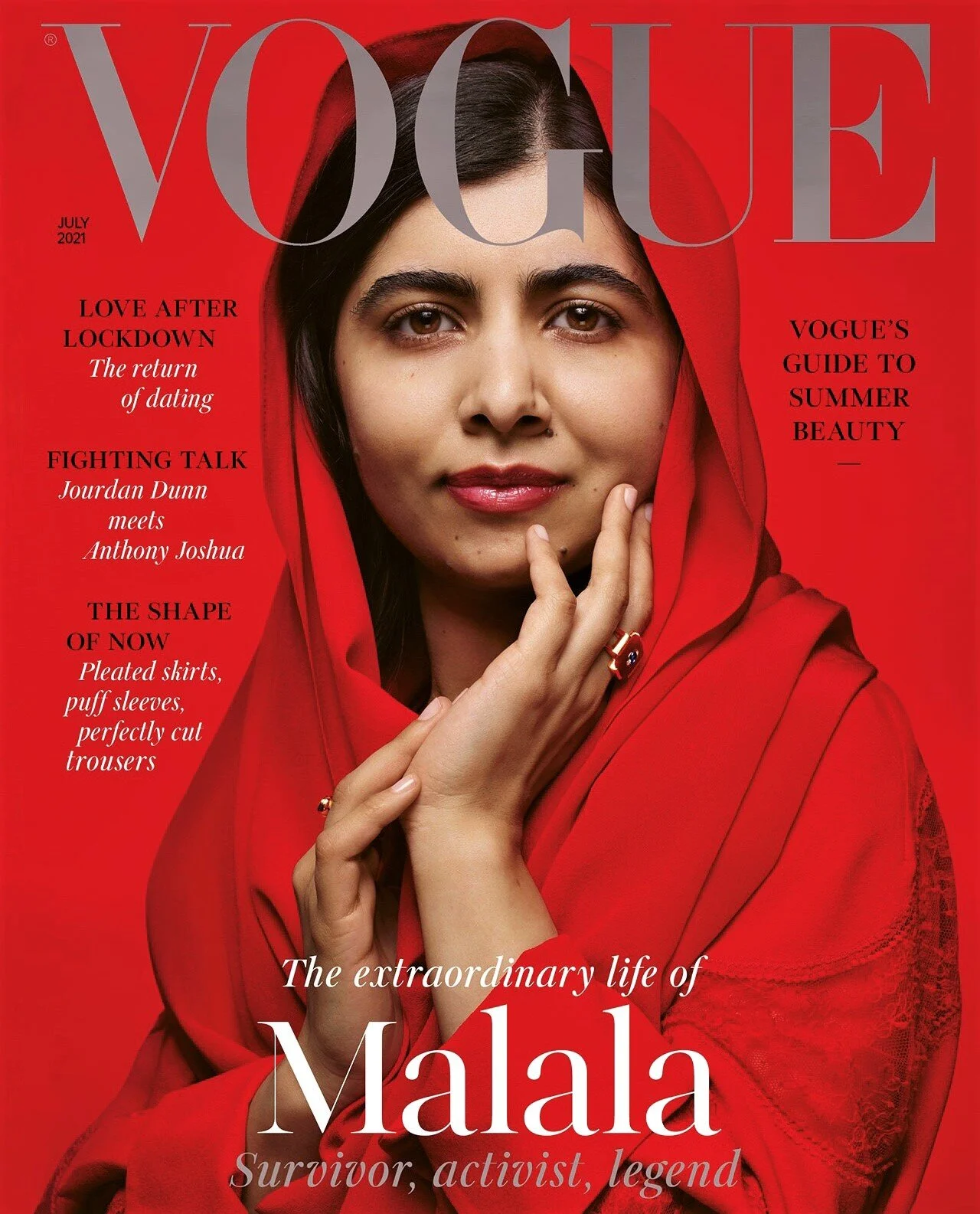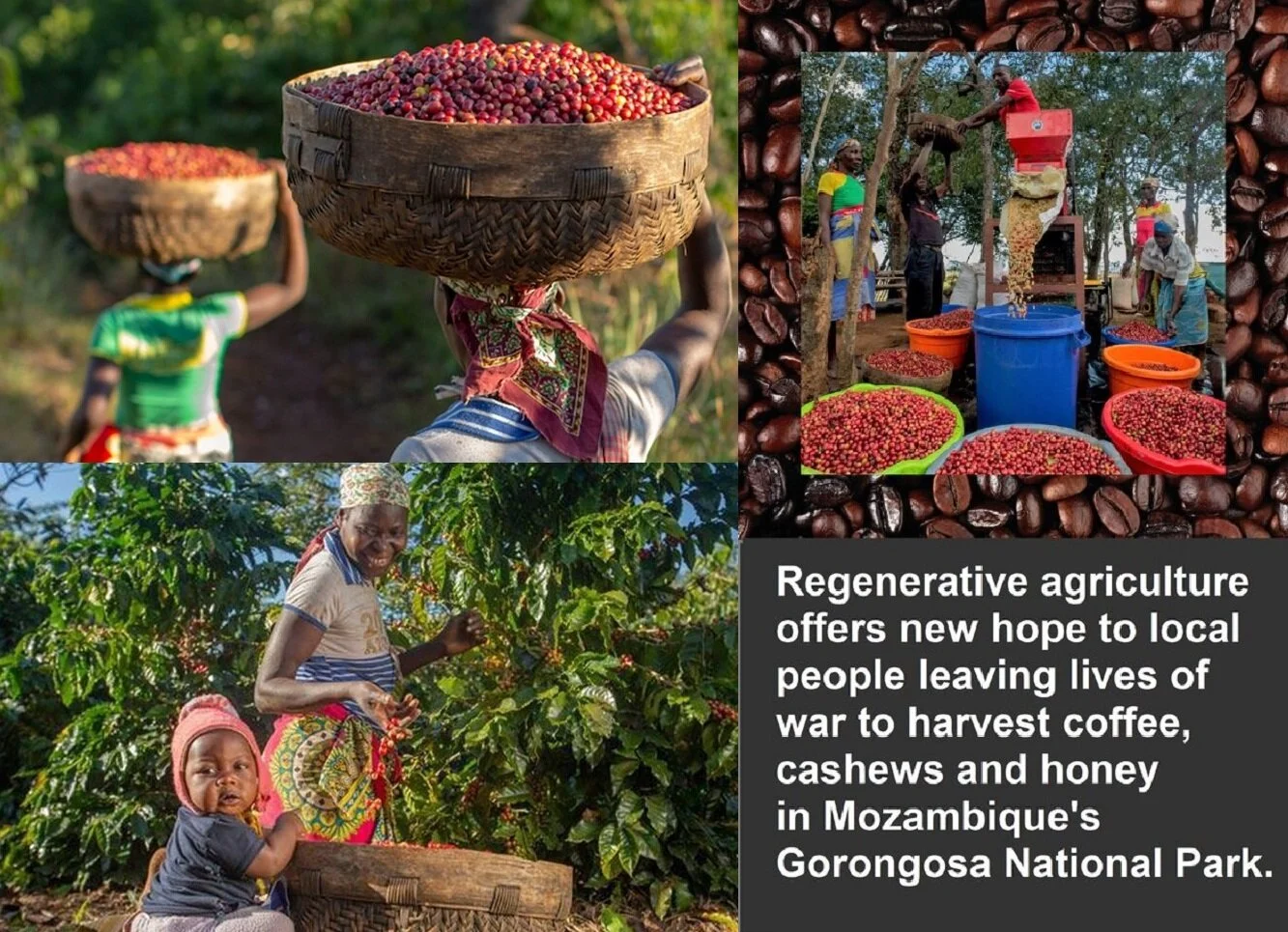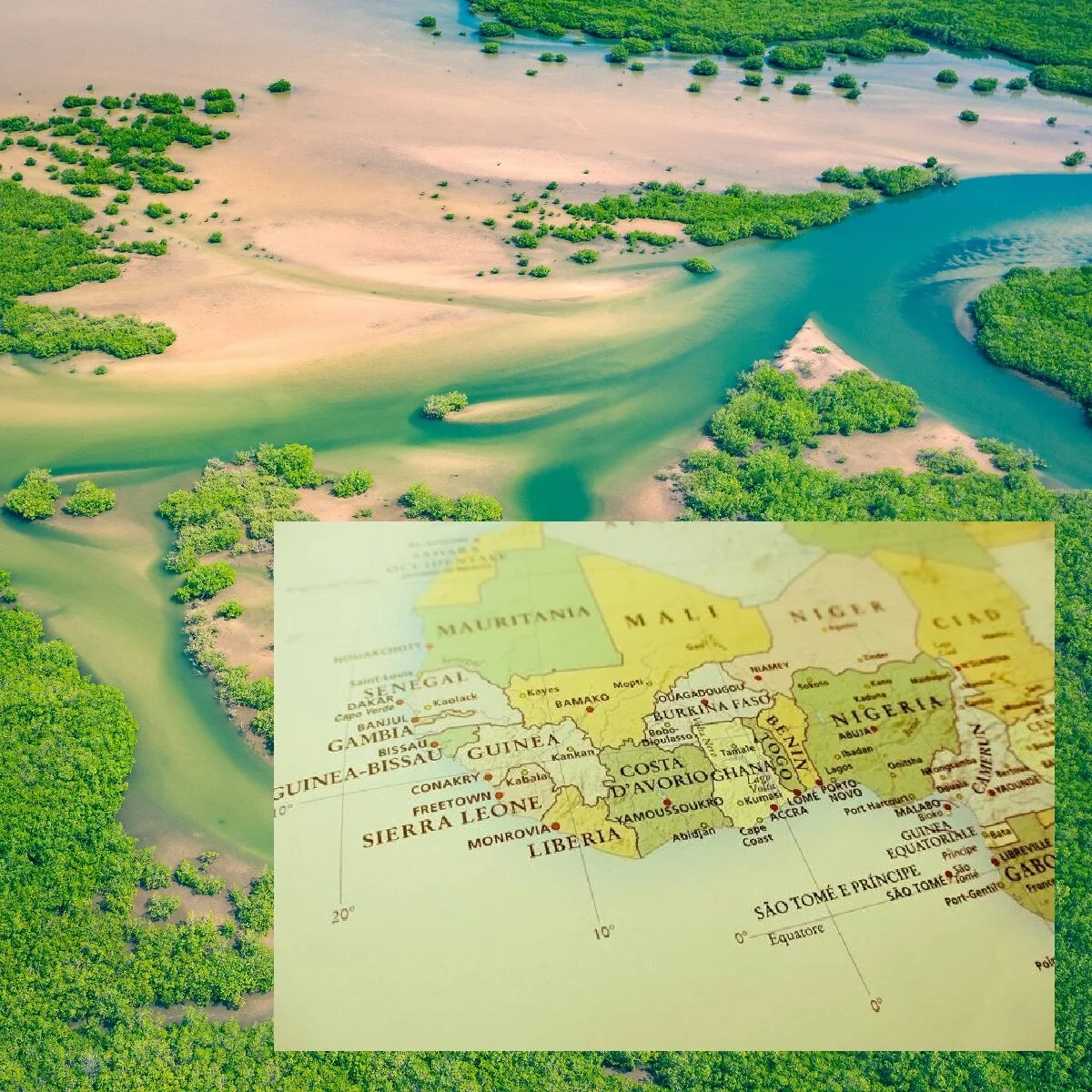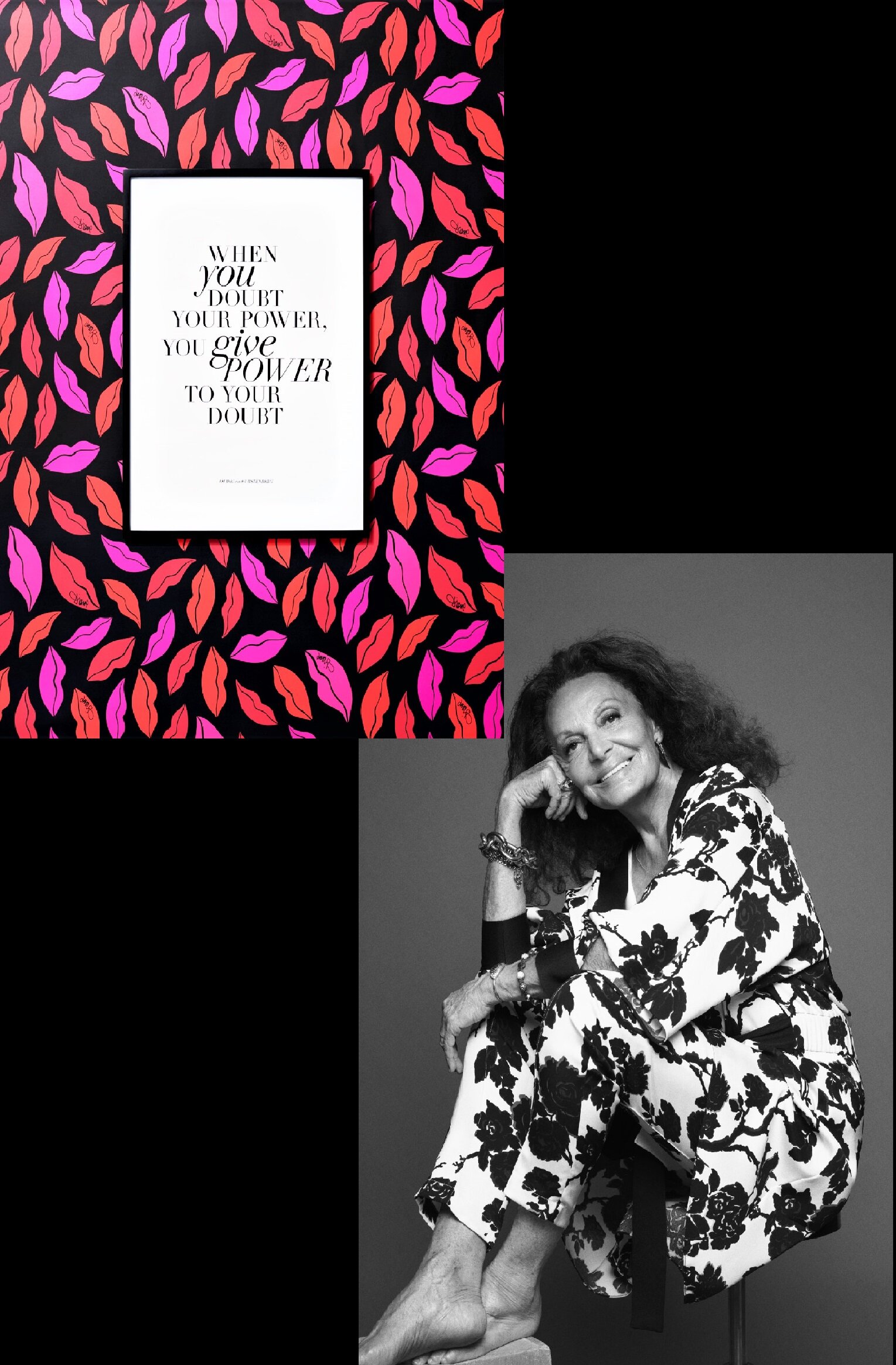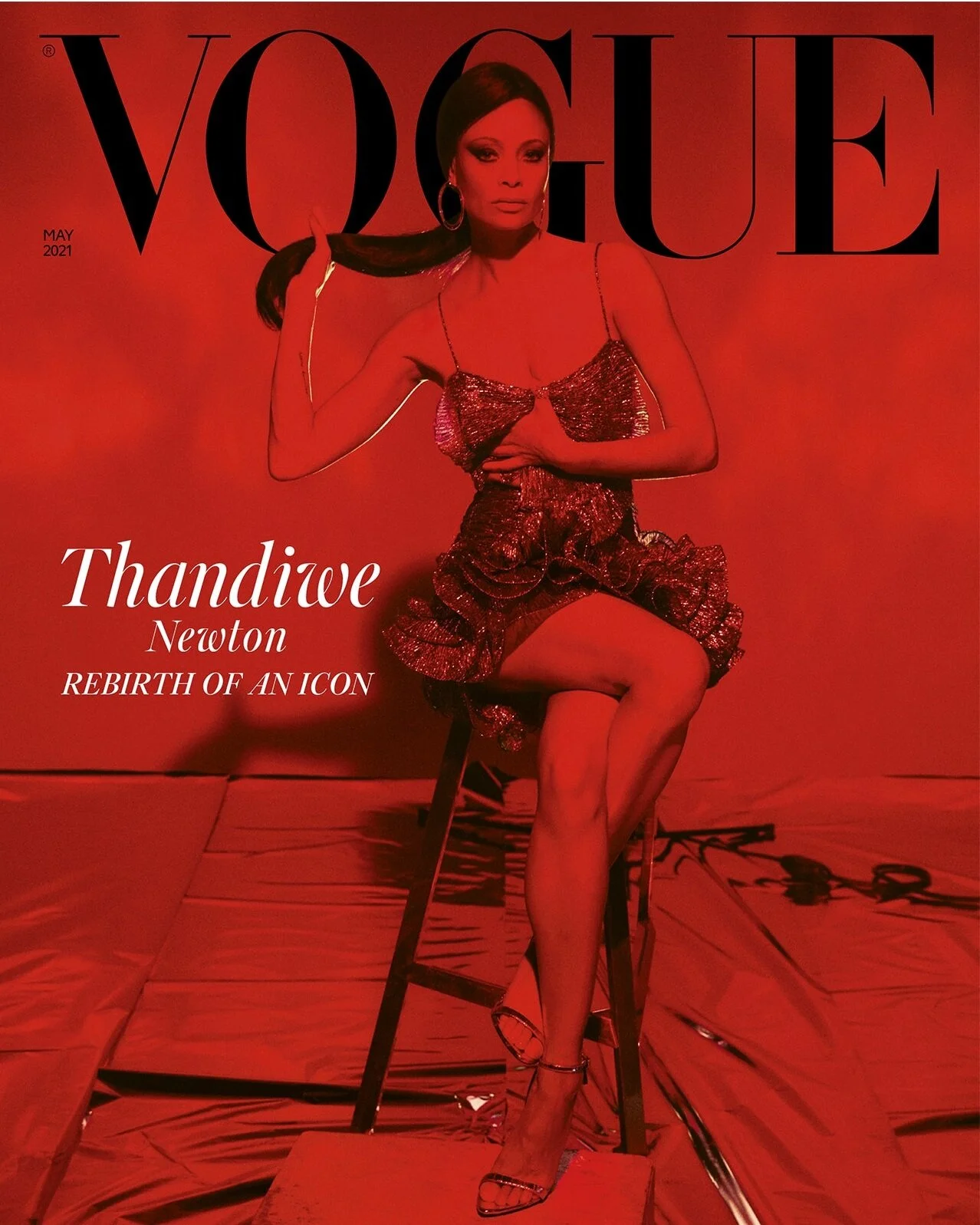Cher's Lonely Pakistani Elephant Kaavan Is Global Ambassador for Hope in Cambodia
/It only took her 5 years, but Cher got Kaavan, a male elephant, out of very restricted quarters in a Pakistani zoo -- with a highest court ruling that shut down the entire zoo -- and relocated him to the Cambodia Wildlife Sanctuary, a 30,000-acre forested property near Angkor Wat.
A committed, international village of activist humans and international bureaucrats was required to accomplish this elephant mercy mission. Kaavan even flew out of Pakistan into India's air space -- which DOES NOT HAPPEN — on his way to his new home in Cambodia
Because of all the successful, international problem-solving involved in his release, Kaavan became a symbol of global hope beyond his own elephant-self wellbeing.
The bull was cooperative for a male elephant but: "Transporting the massive bull elephant over 3,200 miles to Cambodia required Khalil and his colleagues to train Kaavan to willingly enter a customized crate built to withstand an elephant’s brute strength, and putting Kaavan on a diet to meet strict weight requirements for air travel. They also worked to reduce Kaavan’s aggression and improve his mental health,” writes The Smithsonian.
Let's hope that Kaavan has a wonderful life in Cambodia. He's not known as the "world's lonliest elephant" any longer. With any luck, Angelina Jolie will show up to see how Kaavan is doing. She has a home in Cambodia about 4-5 hours away, located in Krong Battambang. Her residence is also home to the Maddox Jolie-Pitt Foundation, named after her son Maddox.


